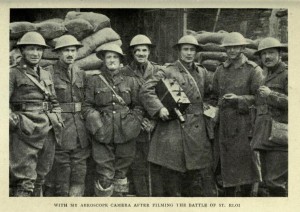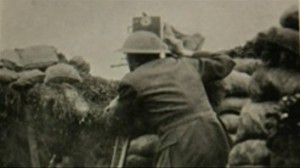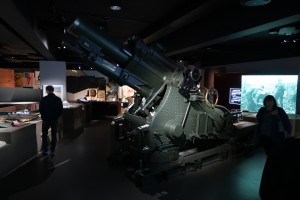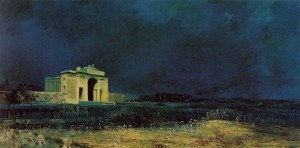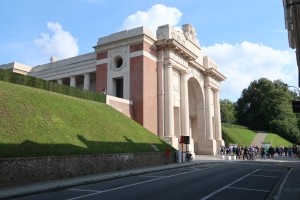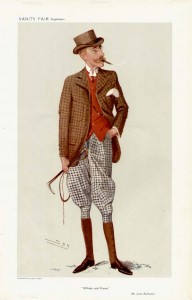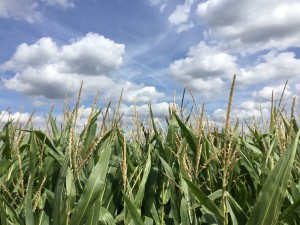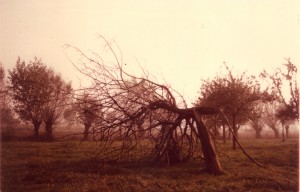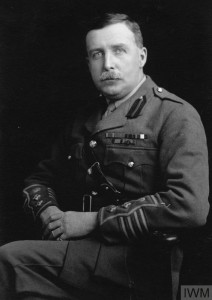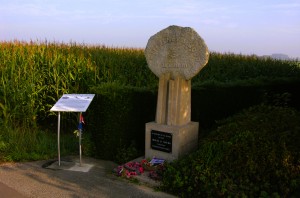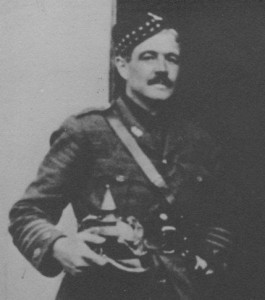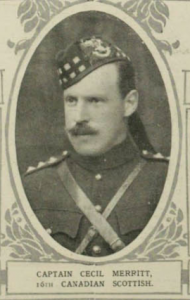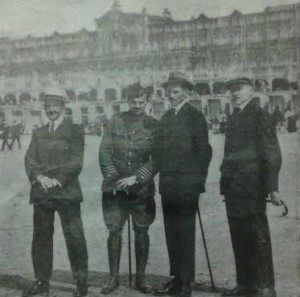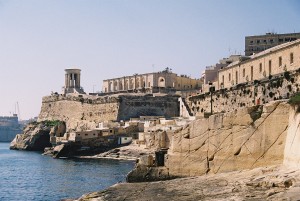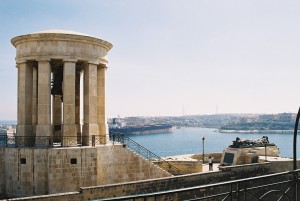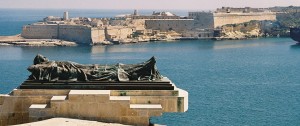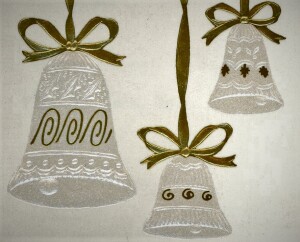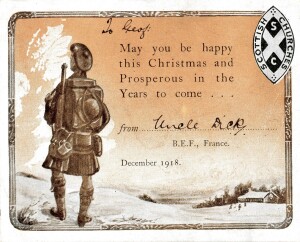Howitzer of the Somme
Posted By pferguson on April 30, 2022
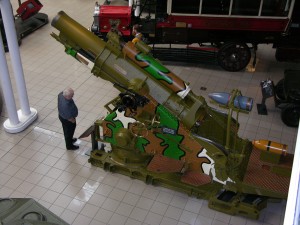
“Mother” the 9.2 inch Howitzer B.L. Mk. 1 at the Imperial War Museum, London.
(P. Ferguson image, September 2005)
Mother…Film…
It takes a while…the penny drops…the pictures produce the synapses (the passing of messages to communicate). Having returned to 2005 I find my file of images for the 9.2 inch dazzle painted “gun” at the Imperial War Museum. Surely, at the time, I will do something with these? And surely I did…mind 17 years have passed and Mother has been re-situated in the museum. (Reminder AKA note to self: take the 148 bus from London Victoria to IWM). Soon perhaps soon. (There are the new IWM exhibits to visit and appreciate). Back to the current session. Segues…they interject with the passing of self messages to communicate. One must appreciate the sparks…we are firing on all cylinders today. Yet the best of this….our discovery…not so much a finding…the information was always available. Mother is the original prototype gun that can be seen in the Arthur “Geoffrey” Herbert Malin’s and John McDowell’s 1916 film, The Battle of the Somme.
Malins was born in Hastings, Sussex, England and worked as a photographer and subsequently joined the Croydon, England based Clarendon Film Company before working with the Gaumont Film Company in France. With Gaumont, Malins filmed the Belgian army in action during the fall of 1914. His work continued through 1915 when the British War Department chose Malins as an official cameraman…his technology..,. the Aeroscope Camera, a hinged wood box, with cogwheels and chains driven by a self-cranked external handle…its lens focused on the subject at hand…with or without a sturdy tripod.
The War Department was initially approached in 1915 by the Kinematograph Manufacturers Association about the possibilities of having two official cameramen attached to the British Expeditionary Force. Malins was one choice, Edward Tong of Portsmouth the second. Some of Tong’s film work of which he shot 3,600 feet in all, was incorporated into Britain Prepared (1915). Tong also worked in France but in December 1915 was invalided home and John McDowell of The British and Colonial Film Company joined Malins in his work. By this time, June 1916, Malins had created 26 films, been wounded twice and gassed. Badly shaken by explosions Malins had at one time been deafened. Together, Malins and McDowell filmed in two different locations on the Somme. McDowell was assigned to the 7th Division near Mametz and Malins to the 29th Division at Hawthorn Ridge. After filming the duo returned to London with 8,000 feet of film for processing.
Hawthorn Ridge mine explosion filmed by Geoffrey Malins, 1916.
The 77-minute film was a tremendous success being seen by more than 20,000,000 viewers. Family and friends hoping perhaps to catch a glimpse of those they knew well…or maybe that fellow they passed by every day on the way to the baker or butcher. Just one glimpse they hoped…and so they came. Malins’ work showed the harsh reality of war including the dead…he reflected on the depictions, I really thought that some of the dead scenes would offend the British public. And yet why should they? It is only a very mild touch of what is happening day after day, week after week, on the bloody plains of France and Belgium. (Malins. How I Filmed the War, p. 183). For his wartime film work, Malins was awarded the Medal of the Order of the British Empire…the citation records, For courage and devotion to duty. Has carried on his work as official photographer in circumstances of great difficulty and danger. (London Gazette, 7 June 1918, page 6897).
Malins other wartime work included, The German Retreat and the Battle of Arras (1917). By the spring of 1917 Malins had become ill and was required to take sick leave. Returning to the Western Front in January 1918 he remained unwell and was discharged June 1918. After the war Malins founded the Garrick Film Company (1919-1921). With Garrick, Malins filmed a scene depicting a German air raid on London for the 1919 production Patricia Brent, Spinster. Becoming somewhat of an adventurer after his film company faltered, Malins adventures took him abroad, attempting to fly around the world (ending in India), attempting to motorcycle and sidecar around the world (returned successfully). Malins died in South Africa in 1940.
…and yet there remains our impetus for today…
Mother…so much more than a dusty relic of a bygone age…what can the Great War teach us after all these years? In this instance take heed in all that we have seen…return to it…there is always something that can speak if we choose to hear. Synapes…segues…today we started with the Imperial War Museum’s 9.2in Howitzer and journeyed to the film-makers of the Somme. I have stood at these sites on the France and Flanders where Malins, McDowell and Tong once turned the crank on their moving picture cameras.
Mother remains in static position at the Imperial War Museum…today Mother…has been repainted to its original colour. I have stood before Mother…the engineering…the previous dazzle…now its deep green…and watched others gaze upon the machine…What are they thinking – aged and youth?…and I segue..1977…a novel about a machine…a university study…the spark continues…another day…another day…thanks to one not so dusty, not bygone age but one that continues to speak if we chose to hear it.

